Van Hoşap Castle
Hoşap Castle
Hoşap Castle is located in Hoşap (Güzelsu) on the Van-Hakkari highway, in the Gürpınar district of Van. Hoşap is located 60 km from Van and 40 km from Gürpınar district center. Hoşap Castle was built on a steep rock mass, on the edge of Hoşap Suyu (Güzelsu), in the southeast of Lake Van. Although the exact construction date of the castle is not known, it is thought to have a history dating back to the Urartian period. The castle has survived to the present day as it was built by the Mahmudi Beys, who were subjects of the Ottoman Empire. Hoşap Castle consists of two parts: the inner castle and the outer castle. The inner castle has a smaller and more solid structure. In the inner castle, there is a residential area consisting of a bath, a mosque, a madrasah, a fountain, a water cistern, a dungeon and rooms. The outer castle is spread over a larger area surrounding the inner castle. In the outer castle, there are bastions, watchtowers and walls. Hoşap Castle is one of the important historical and touristic places of Van. The castle is on the UNESCO World Heritage Tentative List. Hoşap Castle is a castle in the Gürpınar district of Van that attracts attention with its historical riches and legendary story. Located in Hoşap (Güzelsu) village on the Van-Hakkari highway, the castle is 60 km from Van and 40 km from Gürpınar district center.
Hoşap Castle was built on a steep rock mass in the southeast of Lake Van, on the edge of Hoşap Suyu (Güzelsu), with a history that goes back to deep historical depths. Although the exact construction date of the castle is not known, its traces go back to the Urartian period. Its current appearance was built by the Mahmudi Beys in the 16th century. Mahmudi Beys, under the leadership of Sarı Süleyman Bey, the founder of a principality ruling around Lake Van, had Hoşap Castle built for defense purposes. During the Russian occupation in the 19th century, the castle was destroyed and some parts of it were destroyed. However, it was taken back by the Ottoman Empire at the end of the 19th century, restored and opened to visitors today. Hoşap Castle, which is on the UNESCO World Heritage Tentative List, is one of the important historical and touristic places of Van. The architecture of the castle consists of two main parts: the inner castle and the outer castle. The inner castle has a smaller but solid structure and includes structures such as baths, mosques, madrasahs, fountains, water cisterns and dungeons. The outer castle is spread over a large area surrounding the inner castle and is surrounded by bastions, watchtowers and walls. The inner castle was built on a quadrangular plan and its walls are 4-5 meters thick. The entrance gate is located in the west and has a Persian inscription and lion reliefs. The outer castle is surrounded by 3 meter thick walls, 24 bastions and 4 watchtowers. The legendary story of Hoşap Castle begins with the love pain of the castle owner Sarı Süleyman Bey. The gentleman falls in love with a beautiful woman, but the woman loves someone else. The castle is built to win this love, but the woman still rejects him. Sarı Süleyman Bey commits suicide, unable to bear the wound in his heart due to the pain of this love. Hoşap Castle continues to offer visitors an unforgettable experience as a point where history and legend meet. As a part of Van's cultural heritage, the castle is waiting to be visited to discover its meaning.
Where is Hoşap Castle?
Where is Hoşap Castle? Hoşap Castle is located near the village of Hoşap (Güzelsu) in Gürpınar district, southeast of Lake Van in the Eastern Anatolia Region of Turkey. It is approximately 40 km away from Gürpınar district center and approximately 60 km away from Van city center. This historical castle was built on a steep rock mass on the edge of the Hoşap Stream, on the Van-Hakkari highway.
Hoşap Castle Entrance Fee and Hours
Hoşap Castle entrance fee and opening hours for those who want to visit Hoşap Castle vary depending on the month. During the winter period, people who want to visit the castle can visit between 08.00 in the morning and 16.00 in the evening. In the summer months, those who want to go to the castle can visit it between 08.00 in the morning and 19.00 in the evening. There is no entrance fee to Hoşap Castle, meaning no fee is charged from visitors. However, it is important for visitors to check up-to-date information before heading to the castle and visit during opening hours.
History of Hoşap Castle: A Monument in the Depths
The history of Hoşap Castle dates back to the Urartians with its deep-rooted history. It is thought that during this period, Hoşap's strategic location opening to the Southeast was used as an important military point at the intersection of the Tuşba-Kelişin army road and the Van-Kotur eastern road. After the rule of the Urartians, Hoşap came under the rule of great civilizations such as Persian, Alexander, Seleucid, Roman and Byzantine. In the Middle Ages, it was one of the cities of the Vaspurakan Kingdom and came under the influence of the Turks from the 11th century. With the beginning of the Seljuk Dynasty, Turkish domination continued and during the Ilkhanid period, it was called Vilayet-i Ermen as a part of the Van province. Hoşap was settled by the Karakoyunlu ruler Kara Yusuf with the Kurdish tribe named Mahmudi. Mahmudis continued their existence until the Ottoman period by establishing a principality bearing their name in this region. During the Ottoman period, the Mahmudis, who supported the Ottomans in the Ottoman-Safavid struggles, achieved success and had privileges in this region until the Tanzimat Edict of 1839. The first record of the existence of Hoşap Castle dates back to Matrakçı Nasuh's mention of it as "Kalei Mahmudi" on the return route of Suleiman the Magnificent from his Iran campaign in 1548-49. Evliya Çelebi also visited Hoşap Castle in 1650 and conveyed a unique detail about the iron gates in the castle. Evliya Çelebi stated that each wing of the castle's doors was made of three hundred weights of Nakhchivan iron and had no wooden parts. This sheds light on the architectural excellence and strategic importance of Hoşap Castle at that time.
The Legend of Hoşap Castle
The legend of Hoşap Castle, a legend that left a mark on the history of Hoşap Castle, tells about the love of Sarı Süleyman Bey and the dramatic events behind the construction of the castle. This touching story adds emotional depth to the castle. According to legend, Sarı Süleyman Bey, the owner of Hoşap Castle, had a deep love for a woman famous for her beauty. However, the woman says that she is in love with someone else and rejects Sarı Süleyman Bey's feelings. After this painful rejection, Sarı Süleyman Bey decides to build the huge Hoşap Castle to get the woman he loves and prove his love for her. The castle rises as a symbol of expressing love. However, unfortunately, the woman still does not accept Sarı Süleyman Bey. Sarı Süleyman Bey, who is under the weight of this painful rejection, commits suicide in deep sadness and despair caused by his love. The construction of Hoşap Castle symbolizes the tragedy of love and the emotional impasse of a man. This legend says that the walls surrounding the castle bear not only stone and material, but also traces of love, rejection and tragedy.
Structure and Architectural Features of Hoşap Castle
The structure and architectural features of Hoşap Castle consists of two parts: the inner castle and the outer castle. The inner castle has a smaller and more solid structure. In the inner castle, there is a residential area consisting of a bath, a mosque, a madrasah, a fountain, a water cistern, a dungeon and rooms. The outer castle is spread over a larger area surrounding the inner castle. In the outer castle, there are bastions, watchtowers and walls. The inner castle was built on a quadrangular plan. The walls of the castle are 4-5 meters thick. The entrance gate of the castle is located in the west. There is a Persian inscription and lion reliefs on the door. The outer castle is surrounded by a wall surrounding the inner castle. The walls of the castle are 3 meters thick. There are 24 bastions and 4 watchtowers around the castle. Hoşap Castle attracts attention with its impressive structure and complex design. Surrounded by three interlocking walls, the castle is a monument containing historical riches.
- Inner Castle: It is located on a mass that is steep from the south and sloping from the north. The castle was strengthened with body walls, bastions and towers in the north-east and west. An additional fortification was built especially in the north-east.
- Outer Castle: The outer walls, shaped according to the structure of the land, surround the east, north and west. The eastern walls were partially destroyed and the western walls were largely destroyed. Some of the supporting bastions have survived to the present day, and the gates in the east and west have been completely destroyed.
- Watchtower: The watchtower located in the outer northeast was built for observation and defense purposes.
- Gate and Inscription: The entrance to the castle is through a bastion and gate arranged in the form of a crown gate located on the north side. The inscription, glass window and lion reliefs in this area are located on the western facade of the bastion and are one of the moving details of the building.
- Zeynel Bey Bridge: The historical bridge built by Zeynel Bey over the Hoşap Stream provides an impressive entrance to the castle.
- Mosques, Baths and Fountains: There are structures such as two mosques, three baths, fountains and underground dungeons within the castle. These structures bear traces of life and cultural activities in the castle.
- Lion Motif: The motif of two lions tied to a chain on the sides of the coat of arms on the inner castle gate is a symbol specific to the castle. Hoşap Castle fascinates its visitors with its architectural features and historical texture, and also carries the traces of the past to the present.
Where Did Hoşap Castle Get Its Name?
Where did Hoşap Castle get its name? The name of Hoşap Castle comes from the fact that it is located on the steep cliffs of the Hoşap Stream surrounding the castle. The word "hoşap" literally means good or sweet water. Therefore, the castle takes its name from its geographical location. It was rebuilt by Mahmudi Bey Sarı Süleyman Bey in 1643 and is also known as "Mahmûdî Castle" and "Narin Castle".
How to Get to Hoşap Castle?
How to get to Hoşap Castle? Hoşap Castle is located in Gürpınar district of Van. There are several ways to get to Hoşap Castle from Ankara:
- By bus: There are direct bus services from Ankara to Van. After reaching Van, you can take minibuses or minibuses from Van Bus Terminal to Hoşap. The journey time to Hoşap is approximately 1 hour.
- By your own vehicle: To go from Ankara to Hoşap Castle with your own vehicle, you need to follow the Ankara-Gaziantep-Şanlıurfa-Diyarbakır-Batman-Van route. The journey time to Hoşap is approximately 12 hours.
- By Plane: There are direct flights from Ankara to Van. After reaching Van Ferit Melen Airport, you can take minibuses or minibuses from Van Bus Terminal to Hoşap. The journey time to Hoşap is approximately 1 hour.
- Organized tour: Daily tours are organized from Ankara to Hoşap Castle. By joining these tours, you can easily visit Hoşap Castle and its surroundings. Hoşap Castle is approximately 60 km away from Van. The road to Hoşap is asphalt and in very good condition. You can also reach the castle on foot from Hoşap town. However, since the area where the castle is located is at high altitude, I recommend that you wear appropriate shoes for walking.

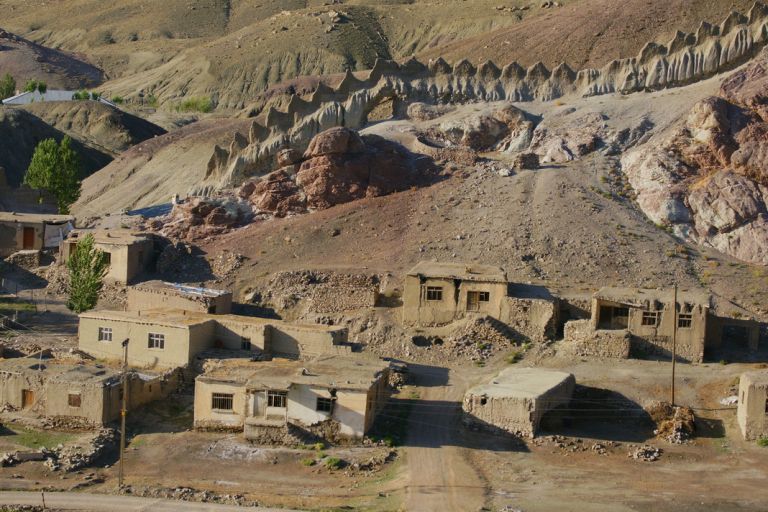
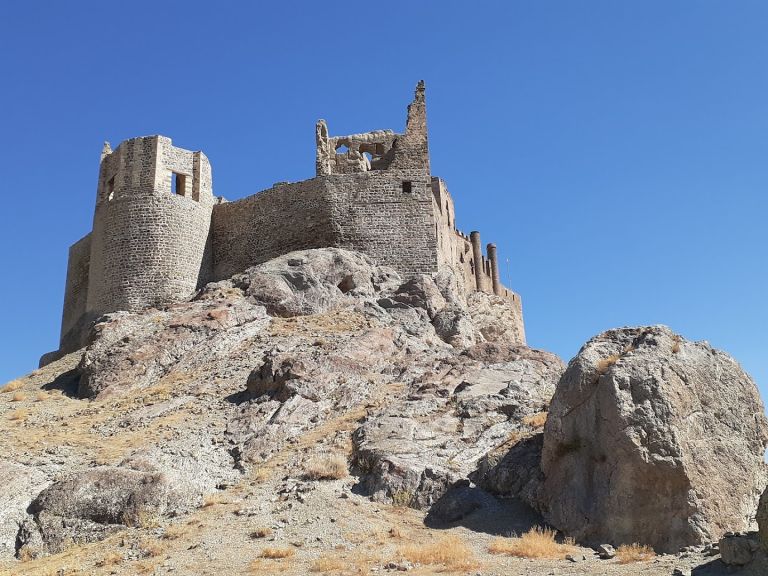
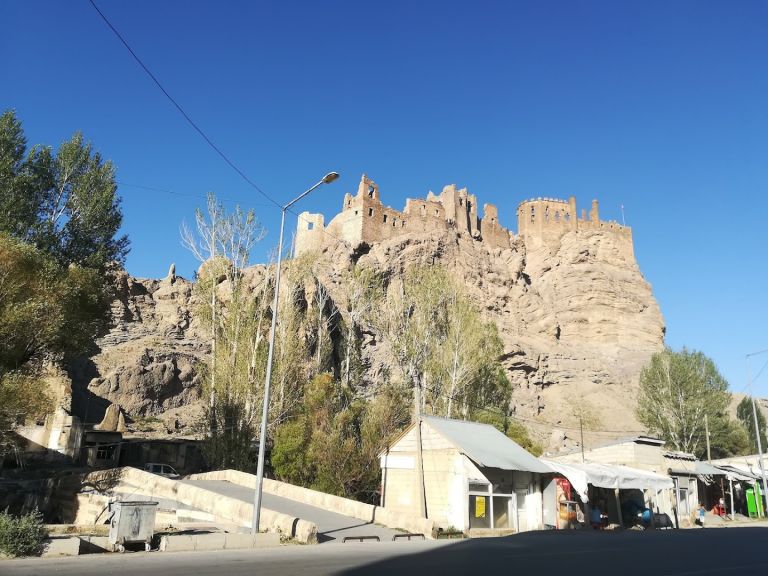
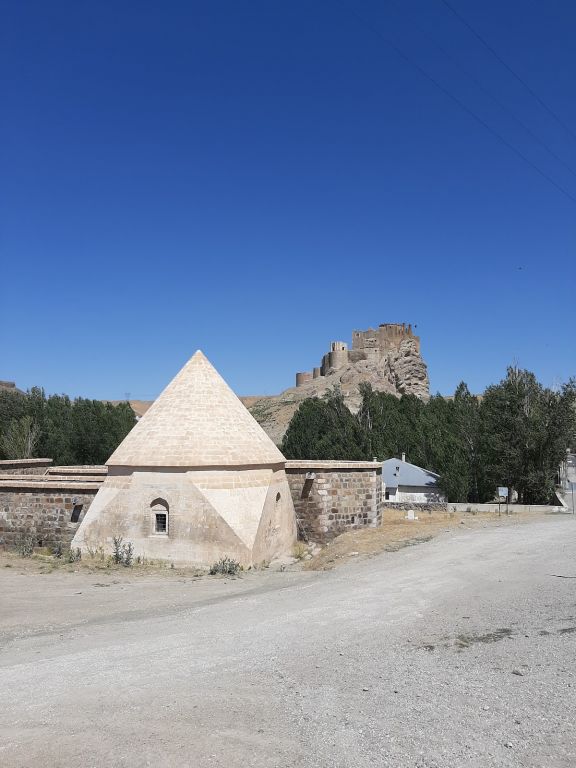
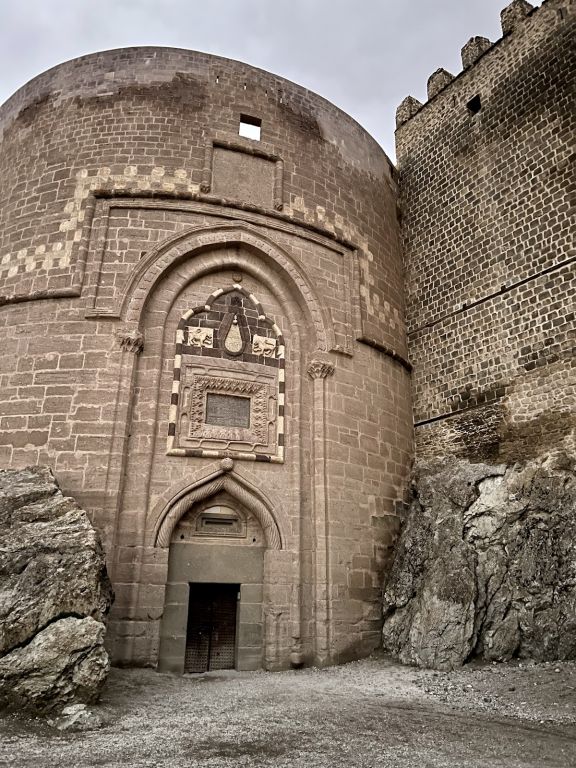
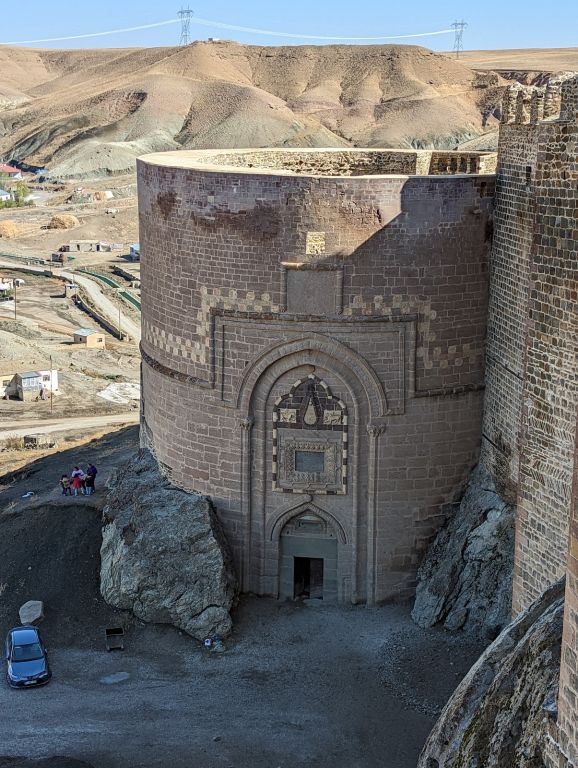
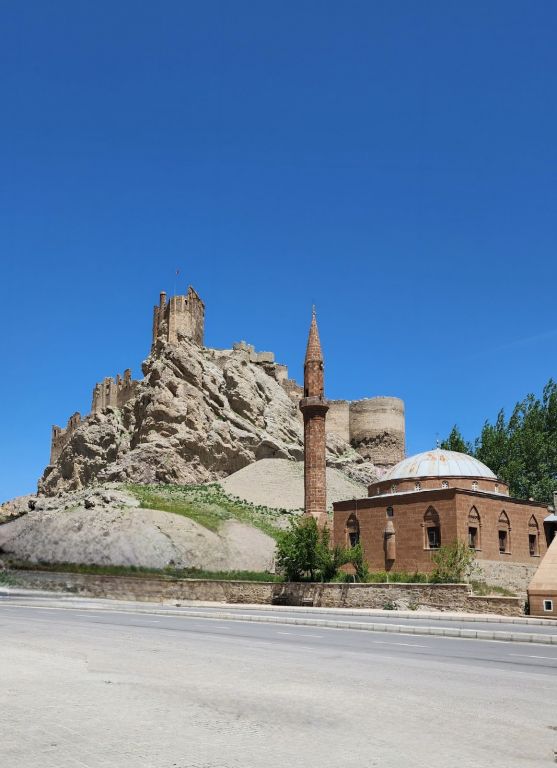
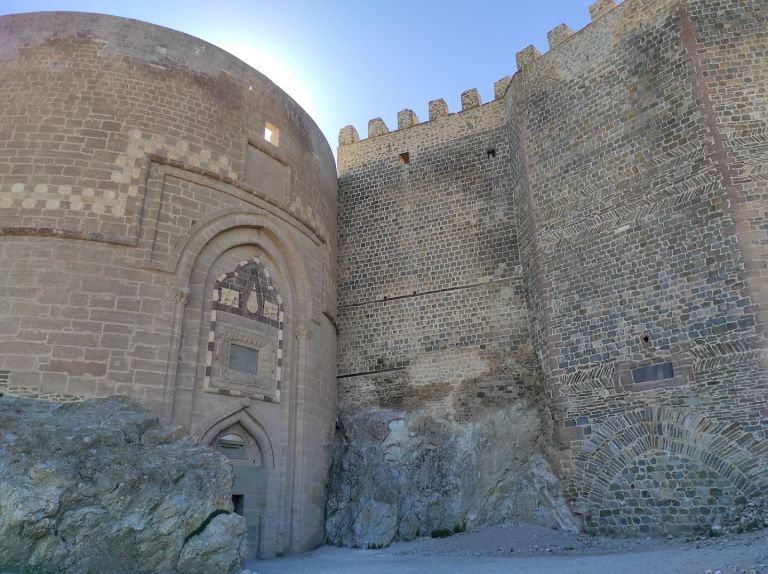
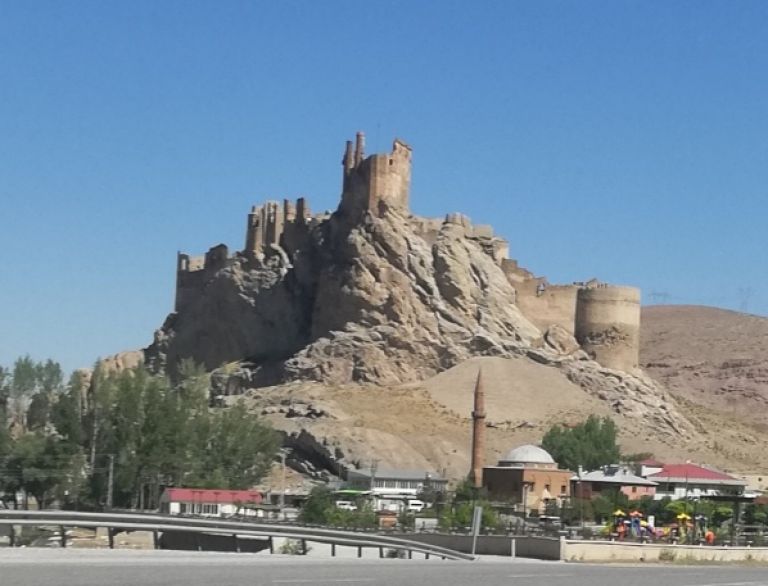
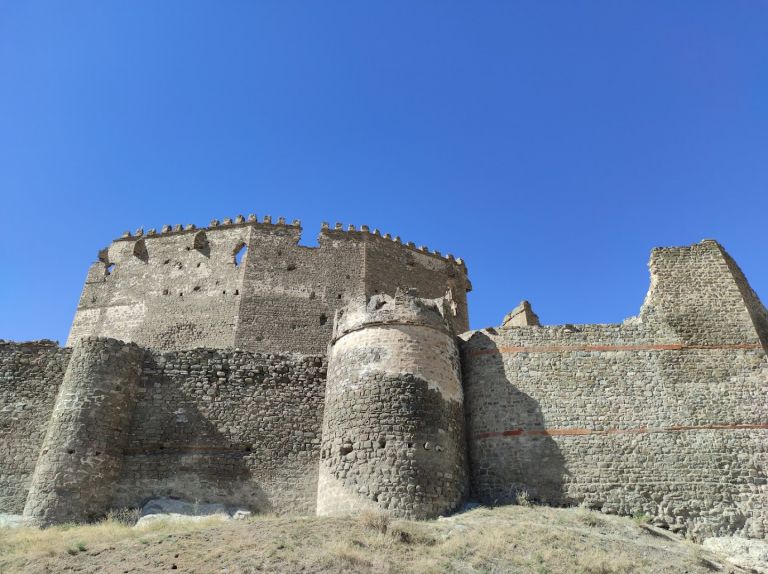










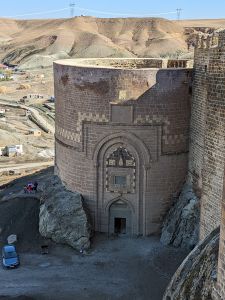
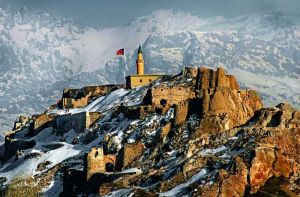
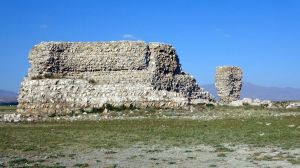
Değerlendirmeler